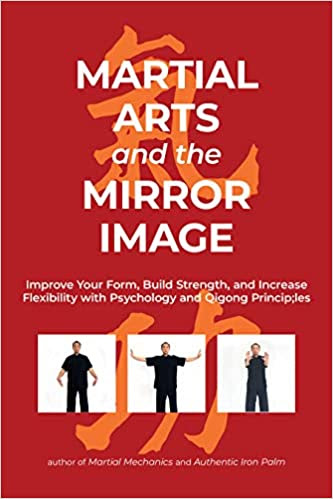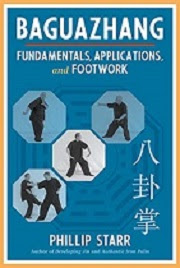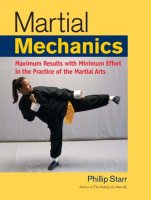by Phillip Starr
Most
martial arts teachers teach their pupils to exhale (usually
forcefully) when executing a powerful technique. What they generally
teach is a strong form of what is known as “normal” or
“post-birth” breathing; as the breath is exhaled, the abdomen is
powerfully contracted and thus, hardened. This works well for those
who are already quite physically powerful, but there is another
method that will turn a weaker person's technique into an explosive
and very powerful force; moreso than that of a physically stronger
practitioner. It is known as “reverse breathing” (it is
described in detail in my books, MARTIAL MECHANICS and DEVELOPING
JIN).
Initially developed by Taoists in ancient China, this breathing technique was considered a great secret for generations but as secrets tend to do, it escaped from its cage and it became fairly well-known. Many, many martial arts devotees practiced it as a part of their regular curriculum but because it isn't especially exciting to practice, it was gradually forgotten.
It was even taught to the Okinawans who learned forms of gong-fu from their Chinese neighbors. I have long suspected that the original form(s) of Sanchin kata utilized this form of breathing rather than the “post-birth” method of breathing that has been in use for some time now.
If one needs to exert a lot of strength for any given task – lifting, pushing, or pulling – reverse breathing should be employed. It will double your strength the first time you do it. Bear in mind that in cases of lifting, pulling, or pushing heavy objects, the exhalation needs to be rather long. But in the case of delivering a strong blow, the exhalation should be very short and sharp, with 2/3 of your breath being exhaled (1/3 is kept in reserve). The faster you can get the air out, the better; the longer it takes you to exhale, the more of a “push” effect will be generated.
If you're sucking wind after a strenuous exercise, 3-4 reverse breaths will immediately stabilize your breathing. A similar number of strong reverse breaths can reduce the pain of being struck in the testicles.
Using the “normal” or “post-birth” form of breathing actually separates the upper and lower body so that your punch is made with mainly the strength of your arm and shoulder and your kick uses the strength of only the leg. There are muscle connections that run between the upper and lower body and “post-birth” breathing causes them to go somewhat slack. However, reverse breathing brings them together so that the strength of the whole body can be brought to bear on the task at hand.
Reverse breathing was once one of the great secrets of martial arts. Because it's been forgotten for so long, it is once again secret...until now.







.jpg)















No comments:
Post a Comment